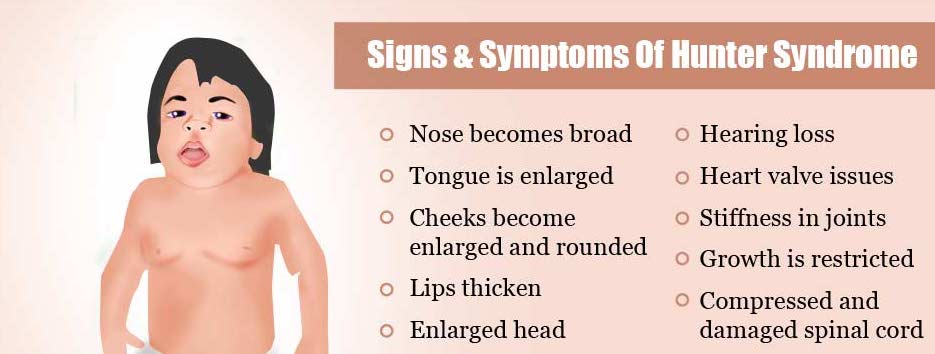Sandbox GGC7
From Proteopedia
(Difference between revisions)
| Line 7: | Line 7: | ||
== Relevance == | == Relevance == | ||
| - | Mutations in Iduronate 2-sulfatase can lead to Mucopolsaccharidosis 2 (MPS2), more commonly known as Hunter syndrome. MPS2 is an X-linked lysosomal storage disease. It is characterized by the intracellular accumulation of the glycosaminoglycans heparan sulfate and dermatan sulfate, which are then excreted in urine. It is rare to find adults with Hunter syndrome as the average life expectancy for those with MPS2 is 15 years of age. Most children diagnosed with MPS2 have somatic abnormalities including skeletal deformities, hepatosplenomegaly, and progressive cardiopulmonary deterioration. Neurological damage is also | + | Mutations in Iduronate 2-sulfatase can lead to Mucopolsaccharidosis 2 (MPS2), more commonly known as Hunter syndrome.[1] MPS2 is an X-linked lysosomal storage disease.[1] It is characterized by the intracellular accumulation of the glycosaminoglycans heparan sulfate and dermatan sulfate, which are then excreted in urine.[1] It is rare to find adults with Hunter syndrome as the average life expectancy for those with MPS2 is 15 years of age.[1] Most children diagnosed with MPS2 have somatic abnormalities including skeletal deformities, hepatosplenomegaly, and progressive cardiopulmonary deterioration.[1] Neurological damage is also prevalent beginning with what seems to be a developmental delay and hyperactivity, but progresses to mental retardation and dementia.[1] |
[[Image:Signs-and-symptoms-of-hunter-syndrome.jpg]] | [[Image:Signs-and-symptoms-of-hunter-syndrome.jpg]] | ||
== Structural highlights == | == Structural highlights == | ||
Revision as of 05:59, 28 April 2021
Iduronate 2-sulfatase
| |||||||||||

